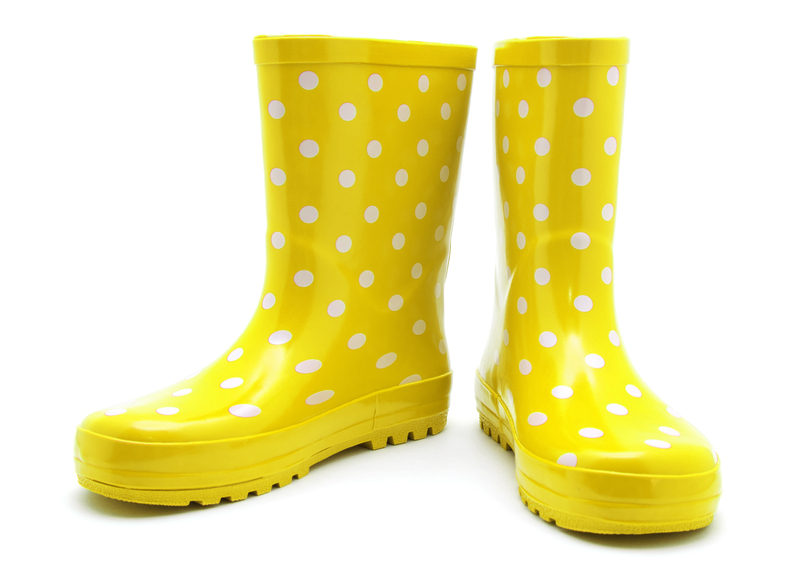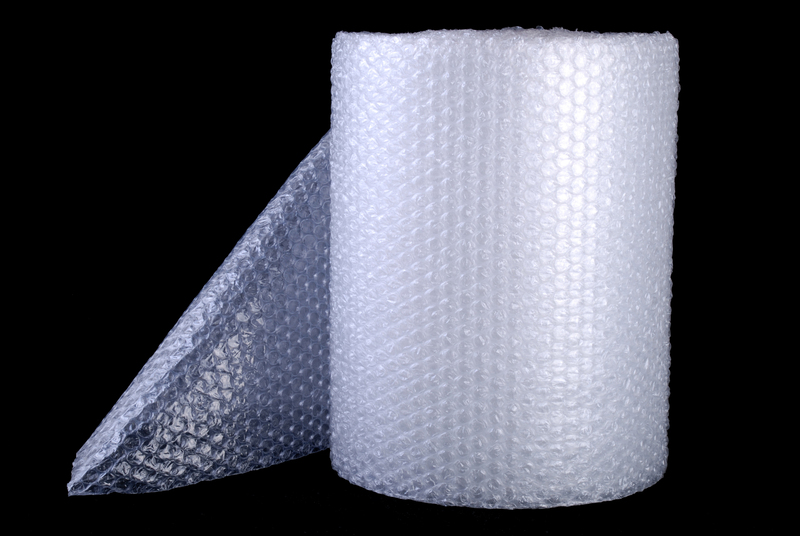Ultimate Guide to Packing Your Belongings for Moving
Posted on 18/05/2025
Ultimate Guide to Packing Your Belongings for Moving
Moving to a new place brings excitement and new opportunities, but the process of packing your belongings for moving can be overwhelming. Whether you're moving across the street or across the country, properly packing your possessions ensures they arrive safely and intact. This comprehensive, SEO-friendly guide will walk you through everything you need to know to master the art of packing when it's time to relocate.
Why Proper Packing Matters
The key to a stress-free move lies in strategic packing. Without an organized approach, you risk broken or lost items, increased expenses, and an exhausting moving experience. Properly packing your belongings for moving not only safeguards your valuables but also makes both loading and unpacking much more efficient.

Getting Started: Planning and Preparation
Start Early
Begin preparing weeks before your move. Giving yourself enough time ensures that the process is less stressful and far more organized.
Develop a Packing Plan
- Room-by-room approach: Tackle one area at a time for better control.
- Declutter first: Dispose, donate, or sell items you no longer need.
- Create a checklist: List items you're bringing, items to be packed last, and items for immediate use upon arrival.
Must-Have Packing Supplies
Investing in the right packing materials is essential to protect your belongings and streamline the moving process.
- Sturdy cardboard boxes in varied sizes
- Bubble wrap and packing paper
- Strong packing tape
- Markers or colored labels for labeling boxes
- Plastic wrap for liquids and spill-prone items
- Furniture pads or blankets
- Scissors or utility knives
- Seal-able plastic bags for small items
- Box cutters for opening boxes at your new home
Packing Tips for Each Room
Kitchen Packing Tips
- Wrap fragile items: Use bubble wrap, packing paper, or even linens for glassware and ceramics.
- Keep essentials separate: Pack a separate box with basic utensils, one pot, and a few dishes for first-day meals.
- Label boxes: Clearly mark boxes with "Fragile" or "Kitchen Essentials".
- Disassemble appliances: Remove loose parts and tape them to the appliance.
Living Room and Bedroom Packing
- Protect electronics: Pack TVs, computers, and game consoles in their original boxes, or wrap them in thick blankets.
- Disassemble furniture: Remove legs from tables and beds, and store hardware in labeled bags.
- Clothing: Use wardrobe boxes for hanging clothes; fold and stack other clothing in suitcases or boxes.
- Pack books efficiently: Fill small sturdy boxes with books to avoid making them too heavy.
Bathroom and Laundry
- Liquid-proof: Seal toiletries in plastic bags to avoid spills.
- Pack essentials last: Keep a small bag with toiletries and medications for use until moving day.
- Laundry supplies: Pack detergents and supplies separately, and ensure lids are tightly secured.
Special Considerations for Packing Valuables, Fragiles, and Non-Allowables
Valuables and Documents
Pack important documents and valuables (jewelry, cash, passports, essential paperwork) in a personal bag you carry yourself. Consider using a portable safe or lockbox for additional security.
Fragile Items
Use ample cushioning, double-boxing, and clear labels to prevent breakage during transport.
- Plates: Pack on their sides, not flat, with paper between each layer.
- Stemware: Individually wrap and use divided boxes.
- Mirrors & Art: Protect with bubble wrap, cardboard, and mark as "Fragile".
Non-Allowable Items
Most moving companies will not transport hazardous or perishable goods. Make arrangements for:
- Paints, aerosols, and chemicals
- Perishable foods
- Open liquor bottles
- Some houseplants (varies by jurisdiction)
The Art of Labeling: Organizing for Success
Label each box clearly on multiple sides with its contents and destination room. Use bright colored tape or stickers to categorize items by room or priority. Consider creating a master inventory list to make unpacking after your move even easier.
Tips for Efficient Unpacking
- Unpack essentials first: Set up beds, bathroom supplies, and the kitchen.
- Refer to your master list: This prevents lost items.
- Dispose of packing materials: Recycle boxes and supplies as you go to keep your new home clutter-free.
Moving Day: Best Practices
What to Do the Night Before
- Ensure all boxes are sealed and labeled
- Defrost refrigerator and freezer
- Disassemble large furniture pieces
- Pack an overnight bag for each family member
- Set aside important documents and valuables
Protecting Your Home During the Move
Place pads on floors and door frames to prevent damage. Ensure hallways are clear and that you have easy access to both your old and new home during the move.
Eco-Friendly Packing Solutions
Minimize your environmental impact by using eco-friendly moving supplies:
- Rent reusable plastic bins instead of buying new boxes
- Use towels, blankets, and clothing as padding
- Recycle boxes after your move
- Donate unwanted items instead of discarding them
Frequently Asked Questions About Packing for Moving
How far in advance should I start packing?
Begin packing 4-6 weeks before your move, starting with rarely used items and progressing to everyday essentials.
How do I protect fragile items?
Wrap each fragile item separately in bubble wrap or paper. Double box valuables and always label as "fragile".
Should I pack everything myself or hire professional packers?
Self-packing can save money and ensure you know where everything is. Professional packers save time and offer expertise for valuable or delicate items. Choose based on your budget and schedule.

Final Checklist: Steps to Packing Your Belongings for Moving
- Sort and declutter your items to reduce moving load
- Gather all necessary moving supplies
- Pack room by room, starting with non-essentials
- Use plenty of padding on fragile objects
- Label all boxes clearly
- Disassemble and protect furniture
- Set aside a box of essentials for the first night
- Carry important documents and valuables with you
- Make arrangements for non-allowables
- Inspect each room before leaving to confirm nothing is left behind
Conclusion: Make Your Move Stress-Free
Packing your belongings for a move doesn't have to be a nightmare. With proper planning, quality packing materials, and an organized approach, you can transition smoothly into your new home. Remember to start early, label thoroughly, and prioritize protecting your most precious items. By following this ultimate guide, you'll turn what could be a stressful chore into a manageable--and even rewarding--experience.
For more expert moving tips, check out our other articles on relocation strategies, finding reputable movers, and settling into a new home. Good luck with your move!



